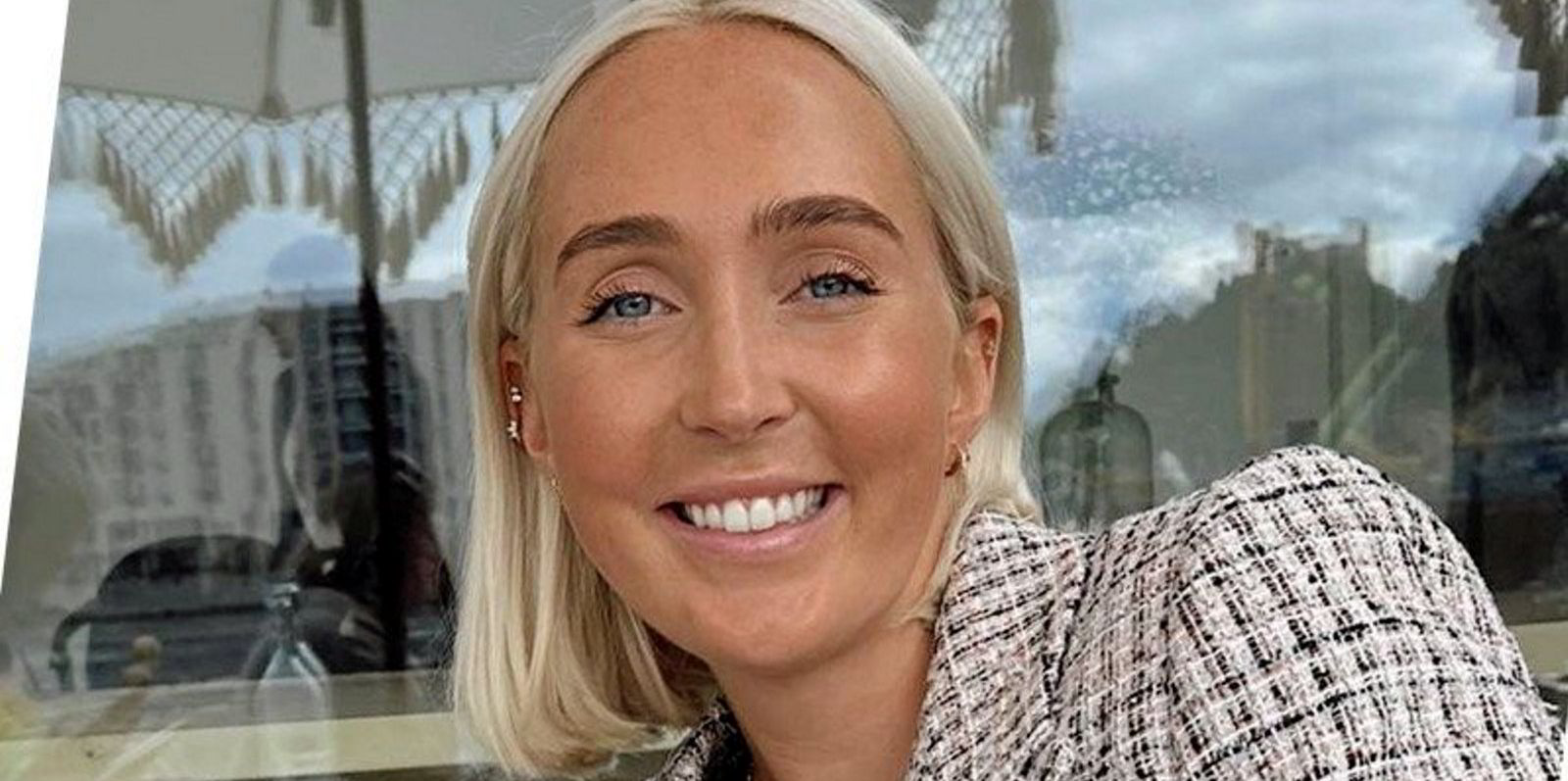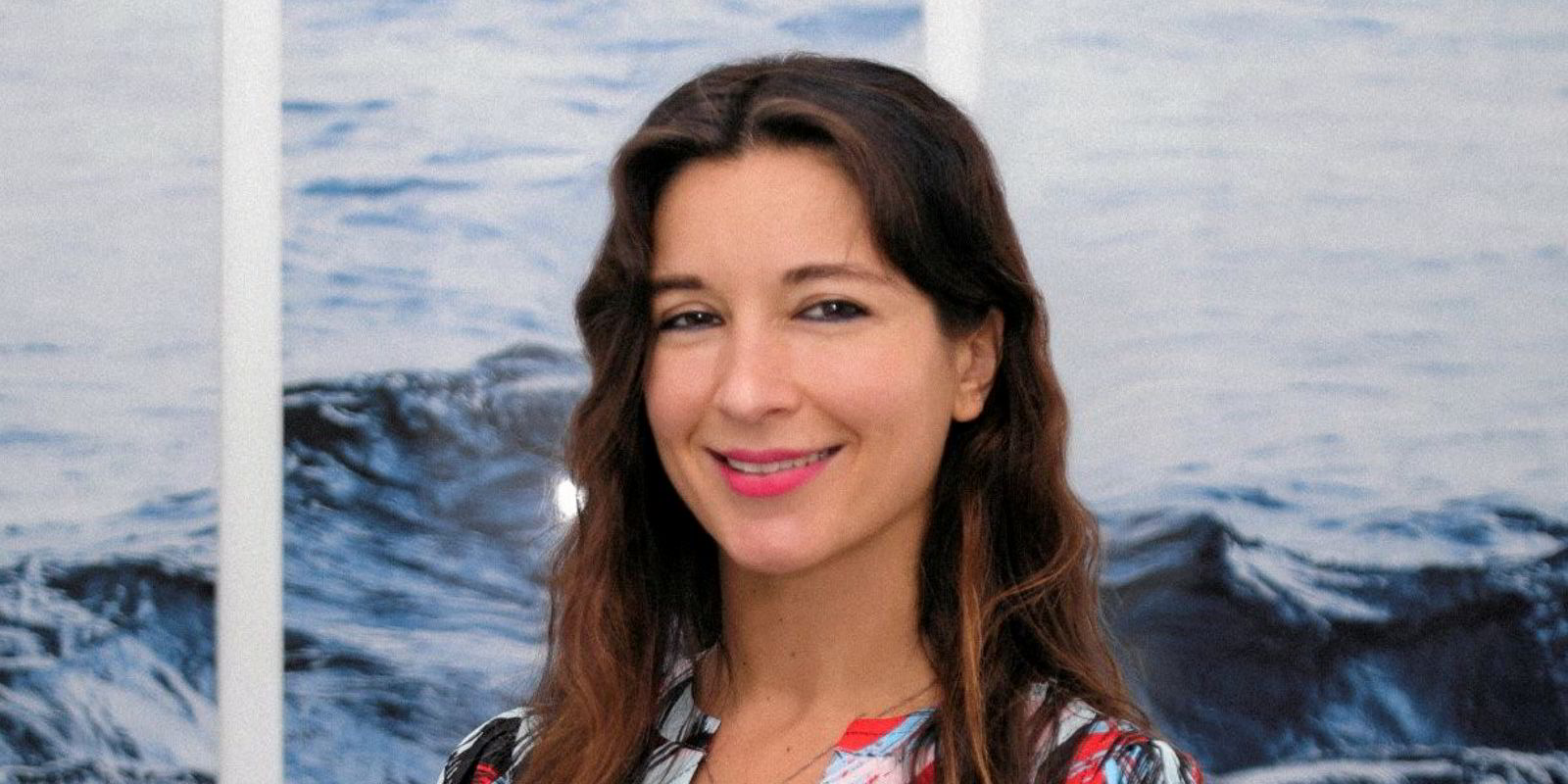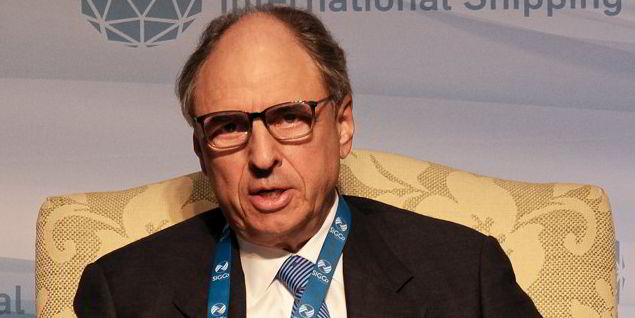VLGC market fundamentals are looking positive despite the heavy orderbook as congestion seems likely to continue at the Panama Canal, Fearnleys believes.
The Norwegian broker’s LPG shipping advisor Mia Groeng told delegates at its energy and shipping conference in Oslo that average spot rates for the large gas carriers increased by 58% last year, compared with 2021.
Levels hit a high of $125,000 per day in November, while one-year time charters were averaging between $45,000 and $50,000 per day.
Groeng expects a slight dip in earnings next year due to an orderbook of 15% of the existing fleet starting to be delivered.
“We believe that this will have a psychological affect on the market players, contributing to a slightly more conservative approach to strategy,” she said.
But production volumes will stay high and demand is rising, she added.
This will create “good fundamentals” over the next couple of years, although whether this can absorb the new tonnage completely remains open to question.
Forty-eight new VLGCs will join the fleet in 2023, all dual-fuel vessels.
The ships are also getting bigger, an average of 89,000 cbm, against 82,000 cbm now, Groeng noted.
Delays at the Panama Canal hit 25 days northbound and 23 days southbound last year — a “bottleneck with a big B”, she said.
Bigger fleet, more delays
This is going to continue, she believes, as more vessels come into service to carry more US product and meet growing Asia demand.
Canal transit costs have also risen significantly, she added, and VLGCs are not a priority for transits or slots.
The canal is due to reach its daily transit limit of 12 vessels by the end of 2024, which will worsen congestion, according to Groeng, who predicted that newer ships will end up doing longer-haul trips around Africa or even through the Suez Canal.
“Many older ships will not be able to maintain competitiveness,” she added.
The advisor also sees “very large scrapping potential” in the sector, pointing out that only 10 VLGCs have been recycled over the past 10 years .
On the production side, Fearnleys noted strong figures from the US and Asia.
“We do believe the Middle East will increase its export growth,” Groeng told the conference.






